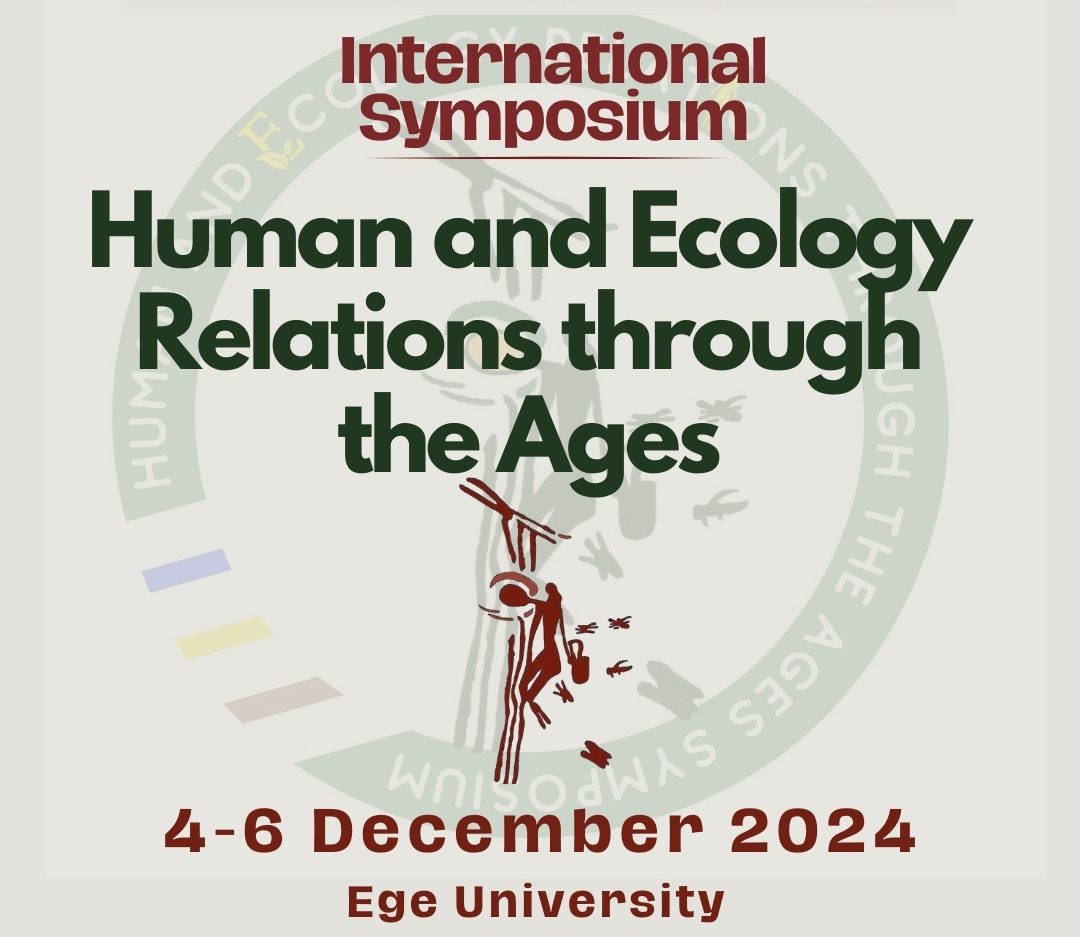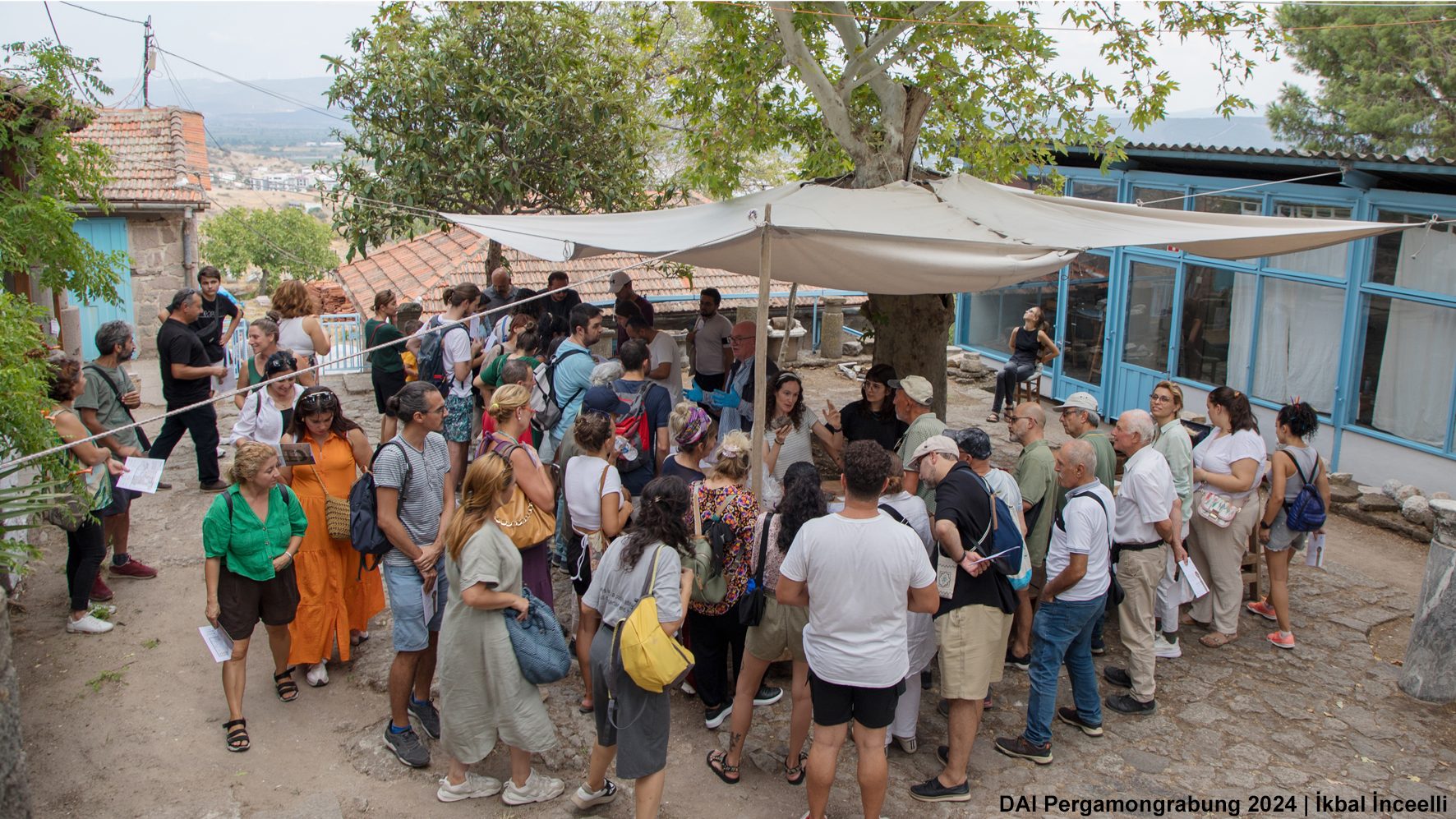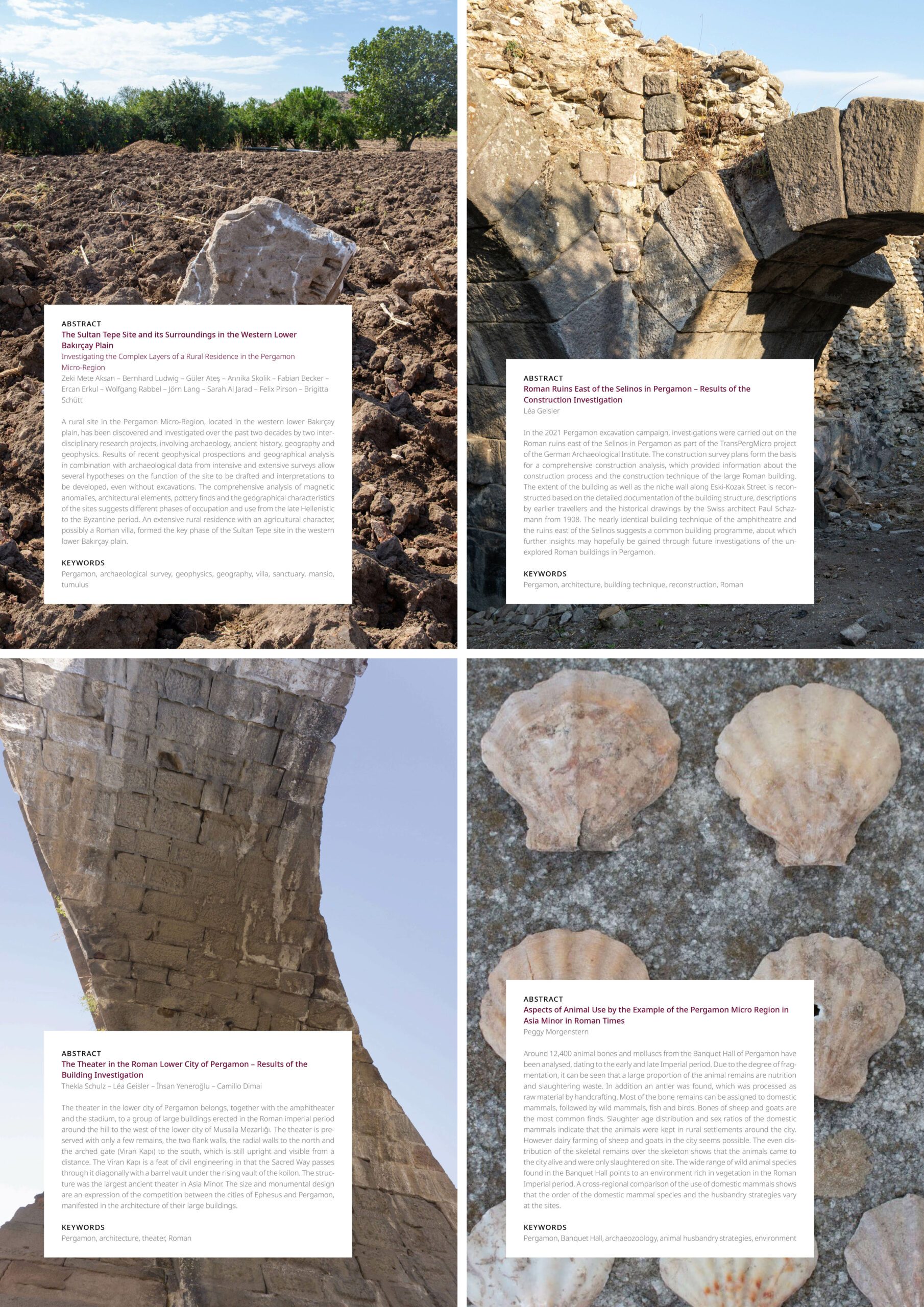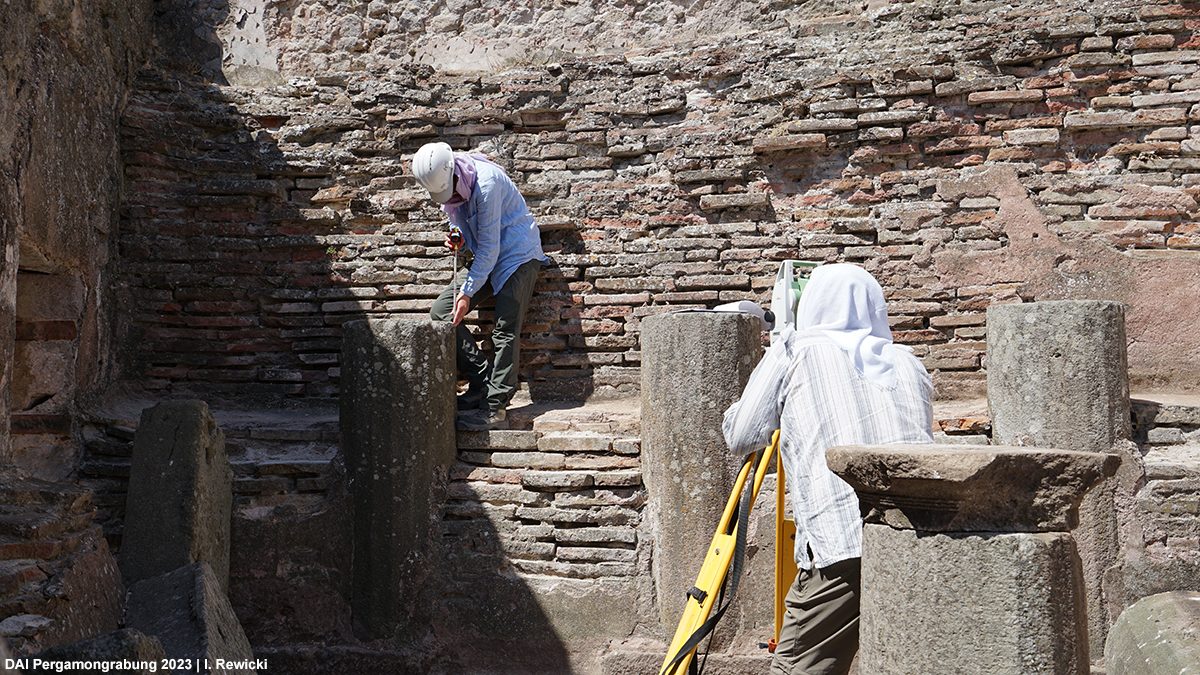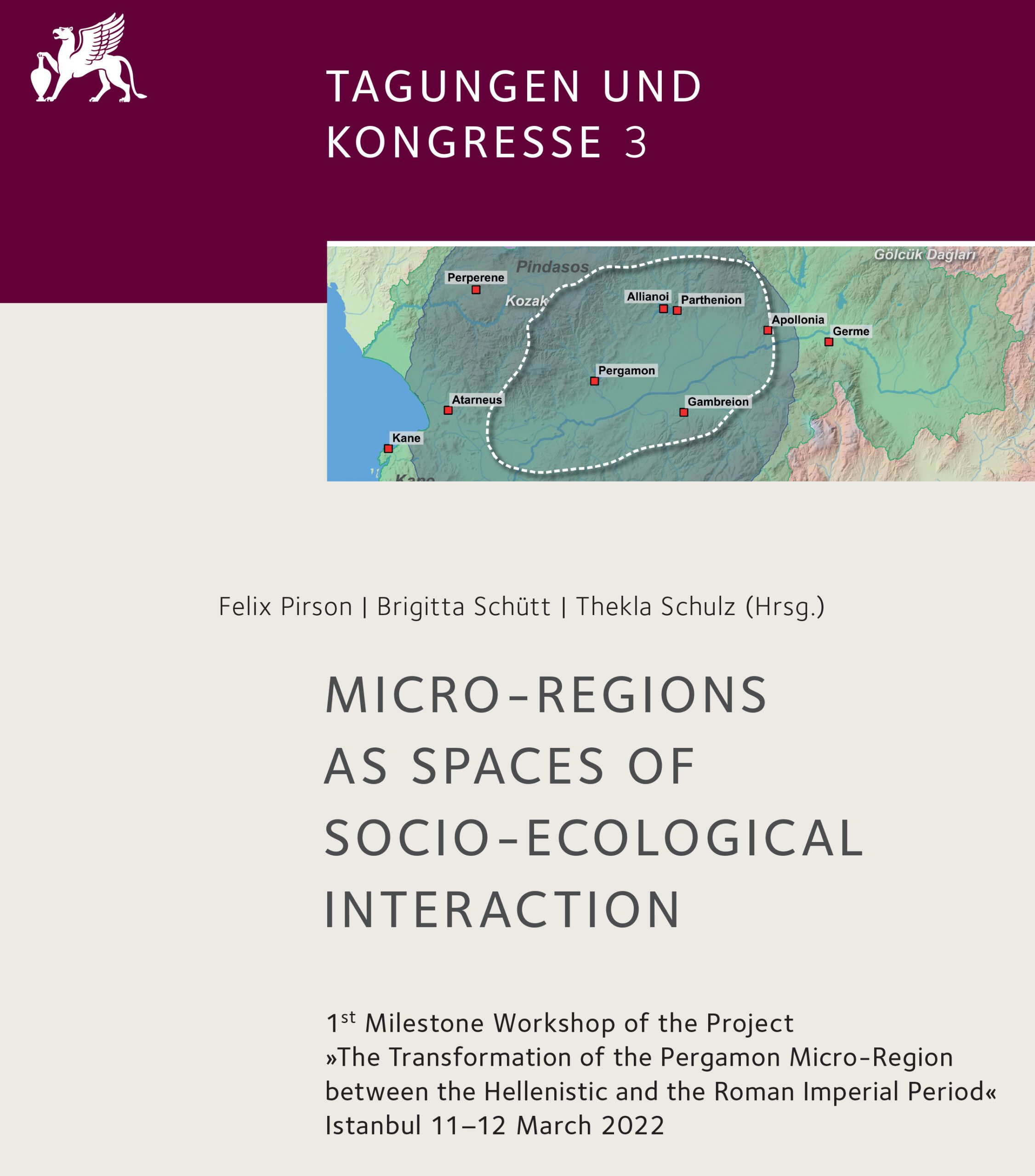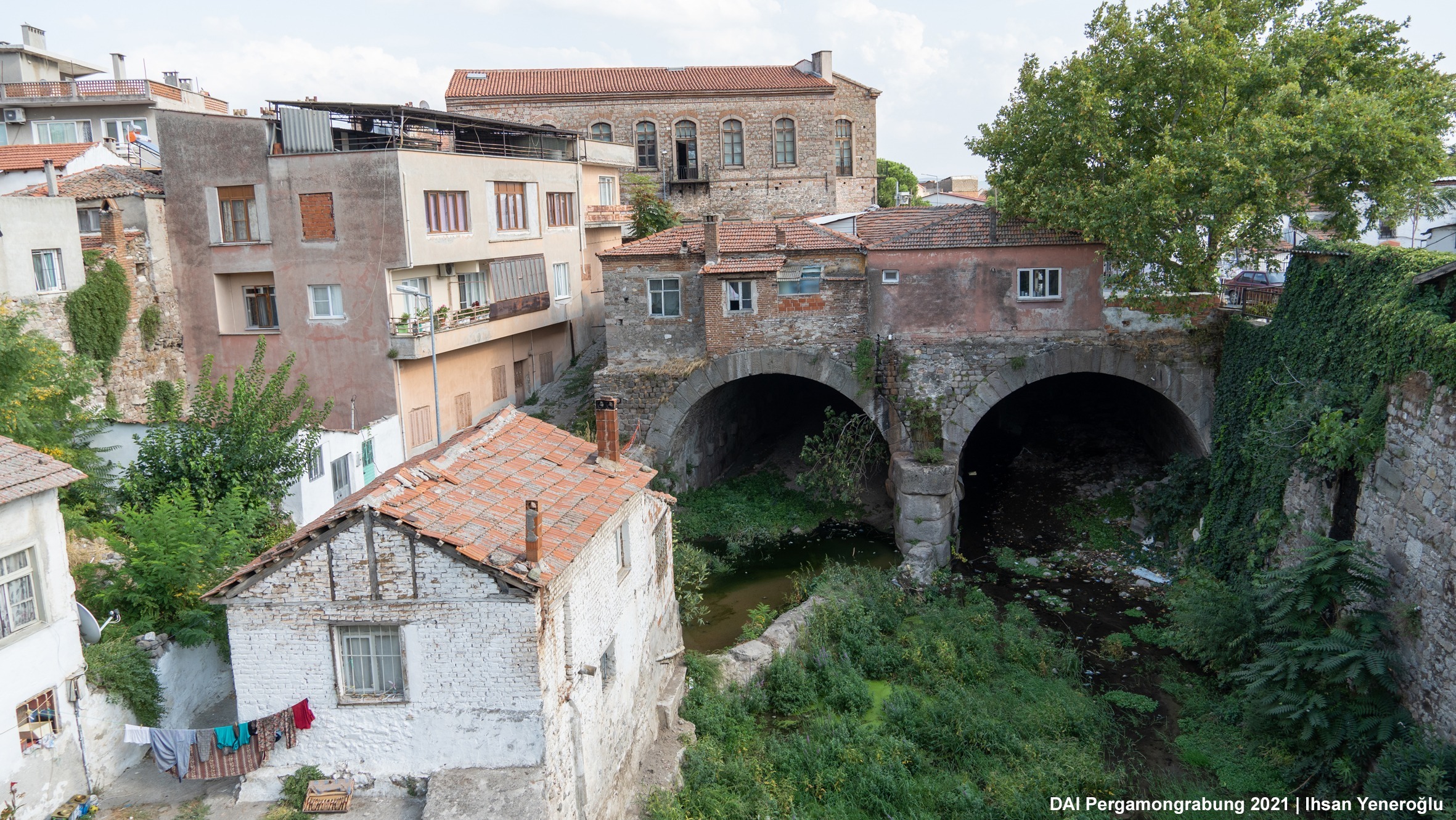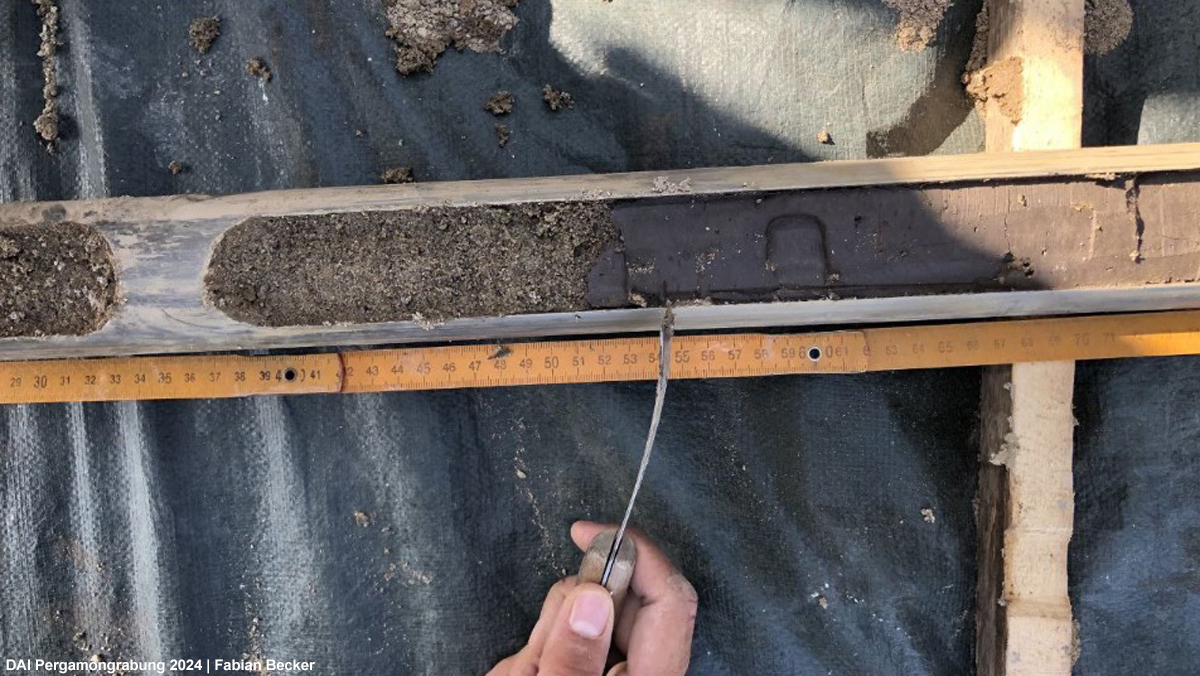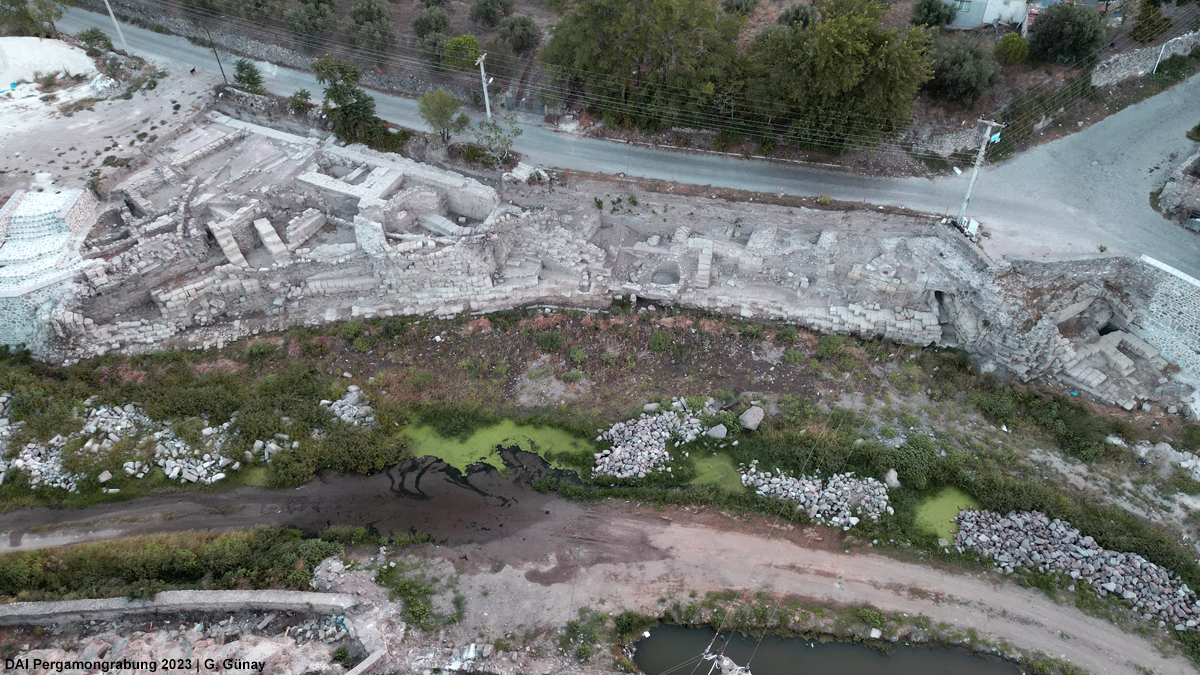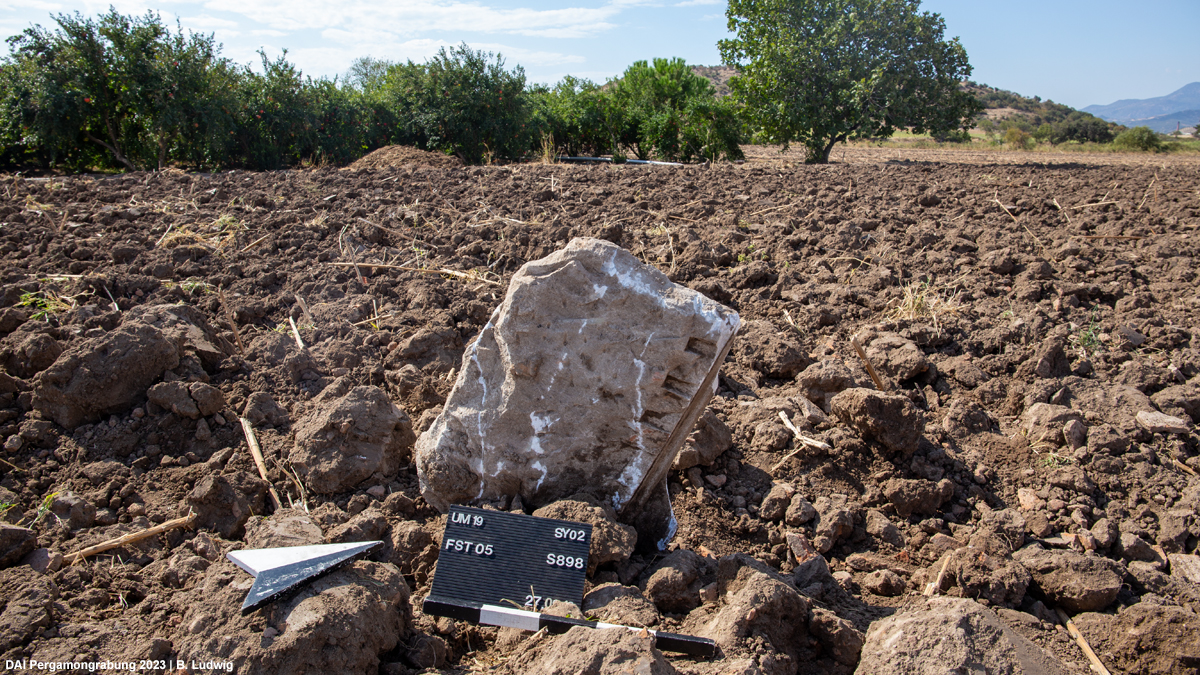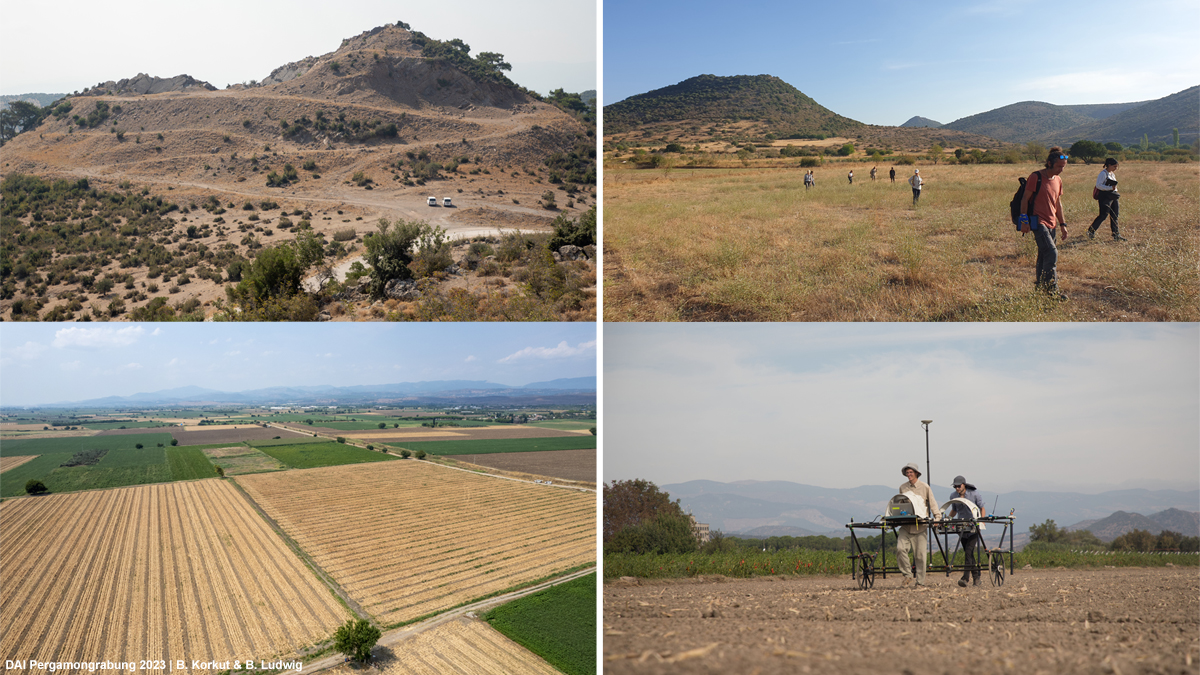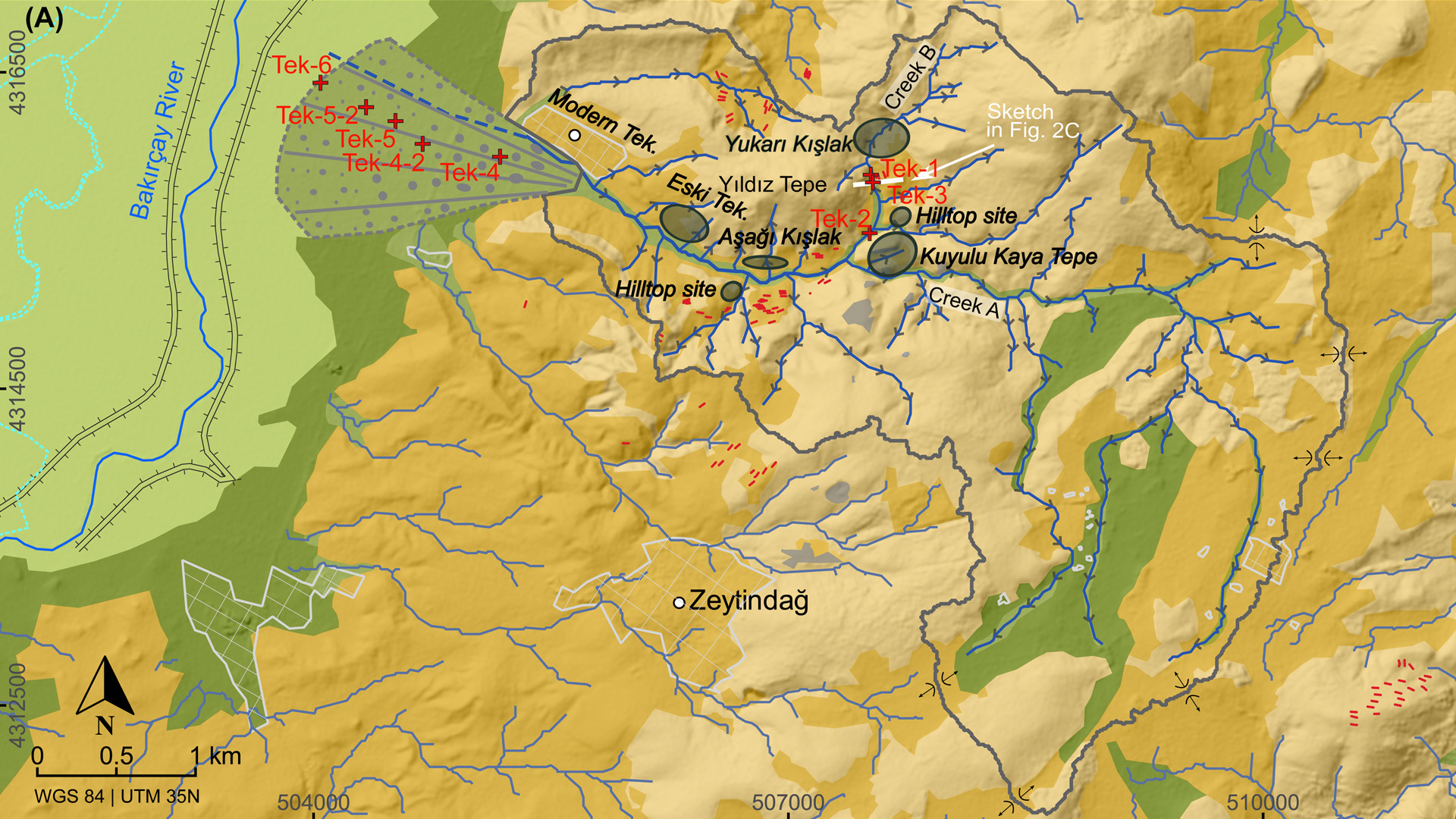Announcement: International Symposium on Human and Ecology Relations Through the Ages
We are excited to announce the upcoming International Symposium on Human and Ecology Relations Through the Ages, taking place from 4–6 December 2024 at Ege University in Izmir.
In the first session, Felix Pirson of the German Archaeological Institute and the TransPergMicro project will give a presentation titled: „Human Environment Interaction in the Pergamon Micro-Region: Challenges and Perspectives for Interdisciplinary Research.“

